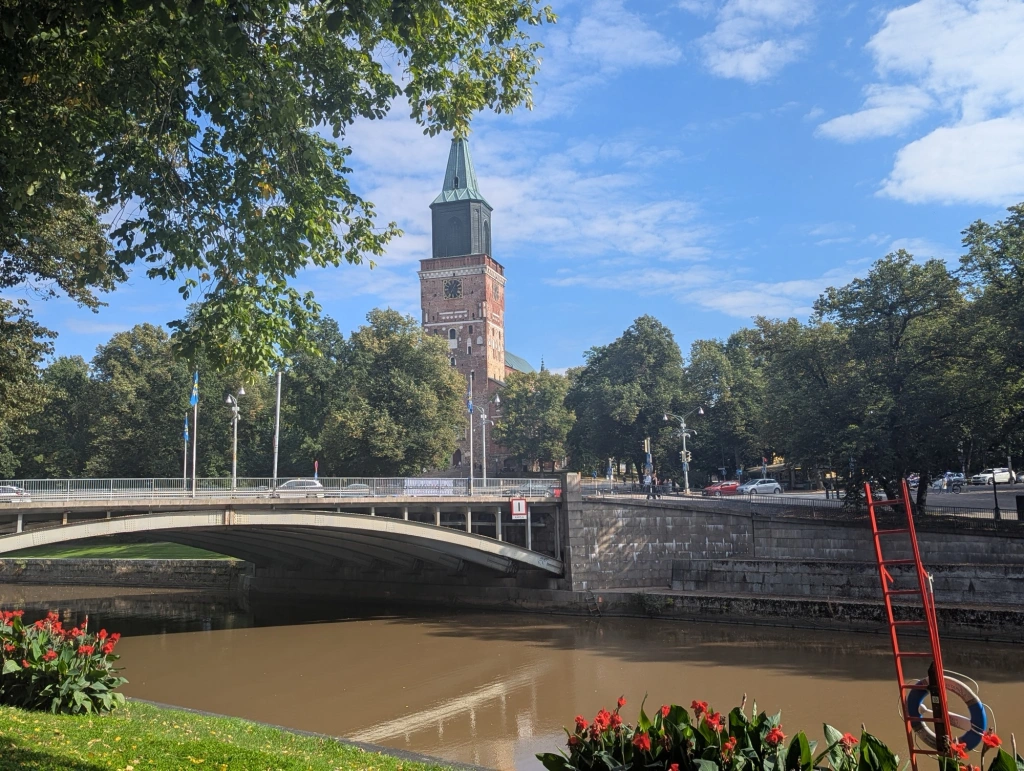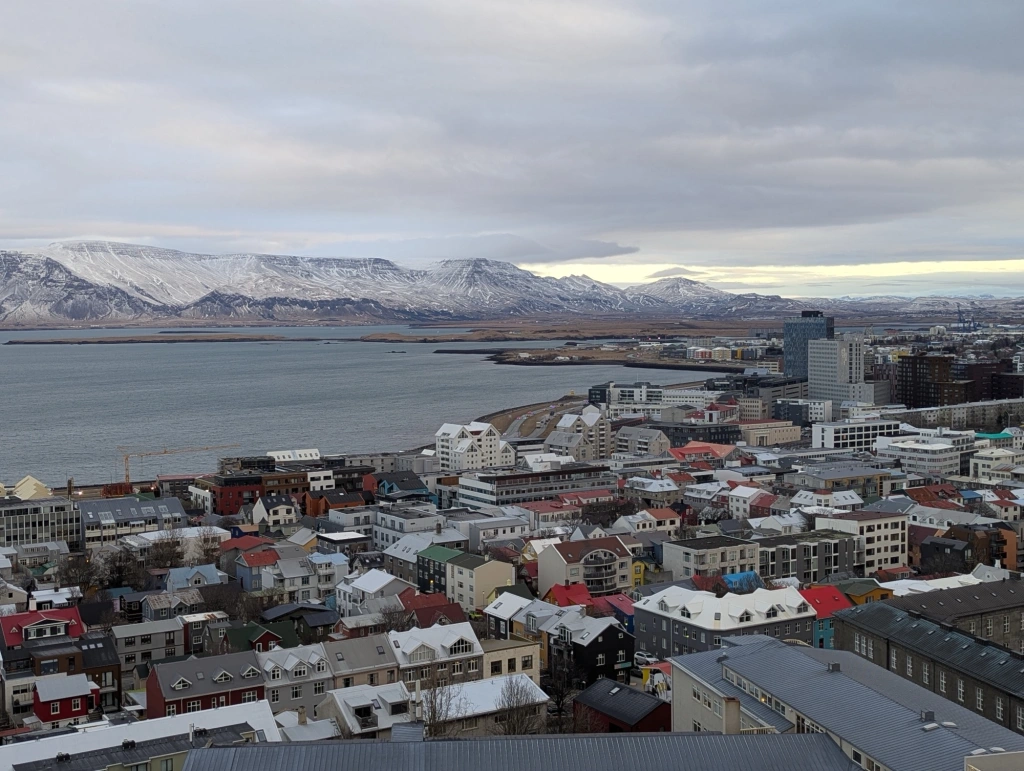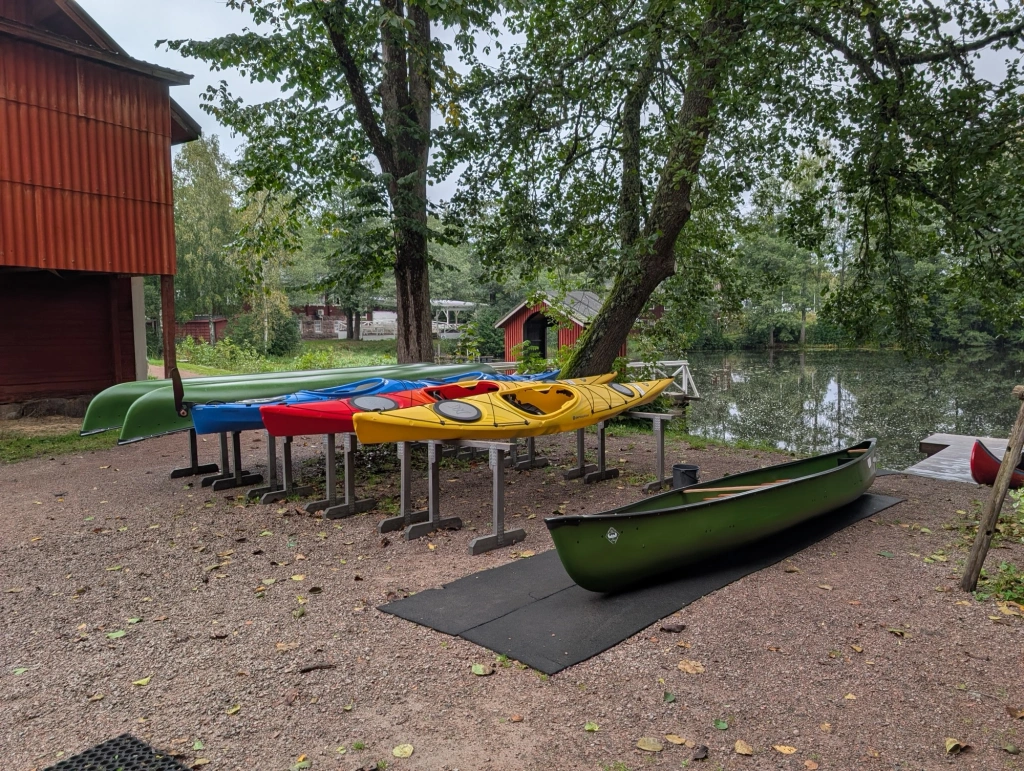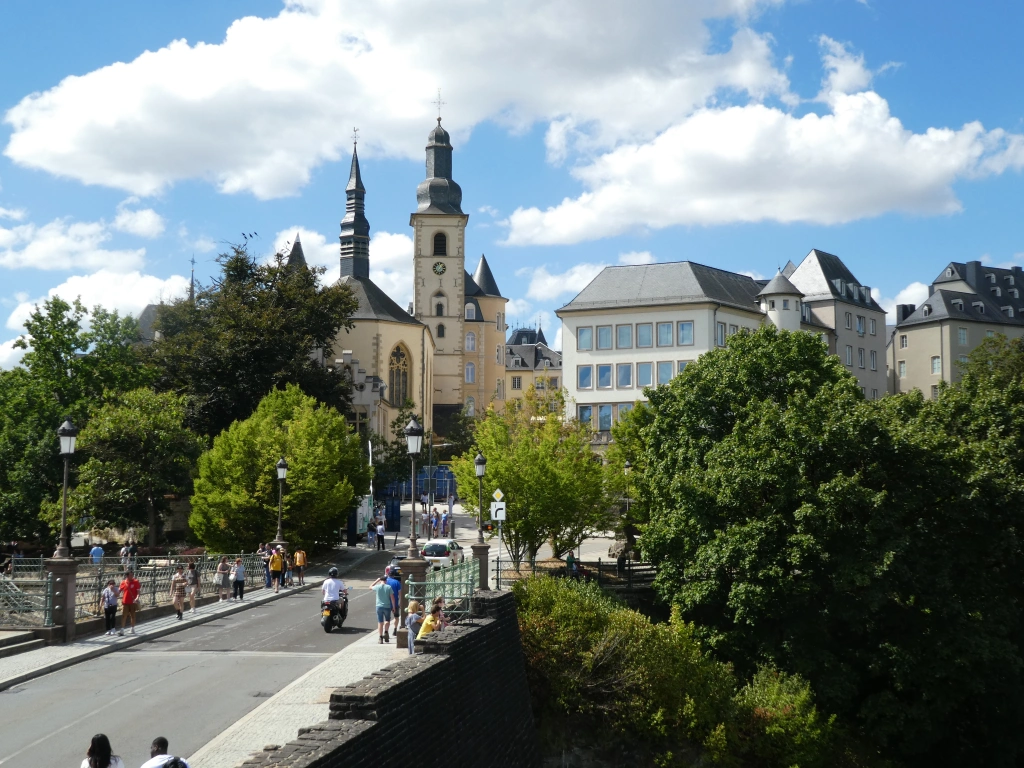Short Break in Turku
Most first-time visitors to Finland naturally head first to the nation’s capital, Helsinki, which is undeniably beautiful but if time allows, and especially for returning visitors, I’d highly recommend a short break in Turku. Located in the southwest of Finland, Turku is the country’s oldest city and is noted for its medieval castle, vibrant riverside, and position as the gateway to the Finnish archipelago with its thousands of islands.
Getting There
VR Train from Helsinki to Turku
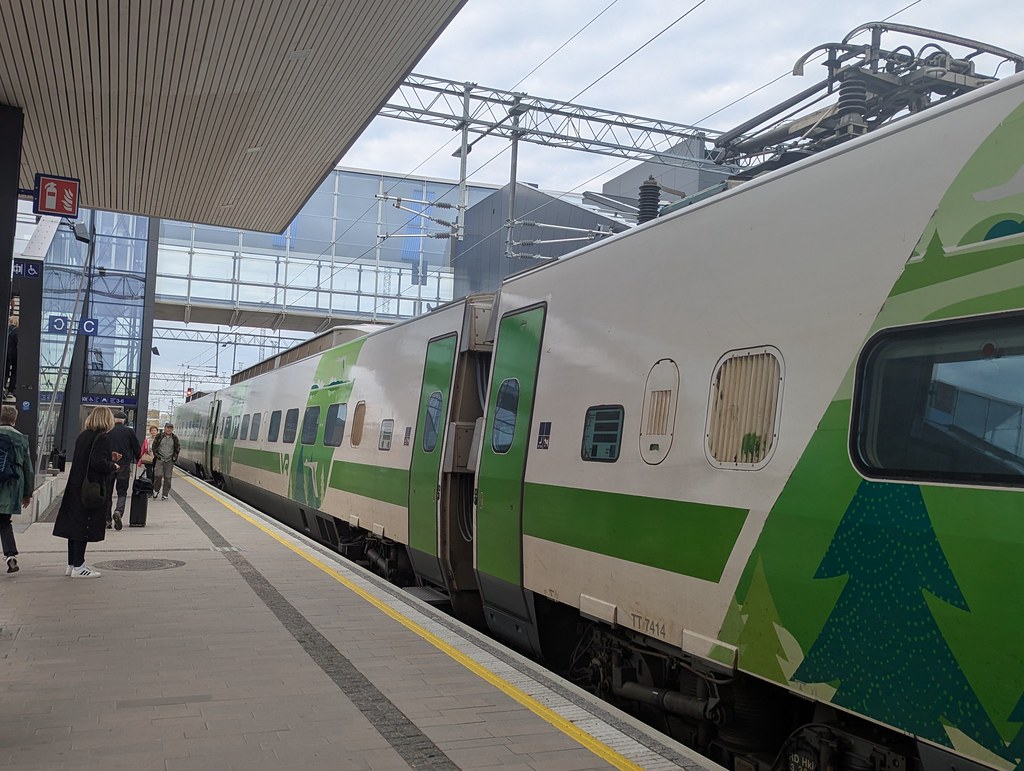
The easiest way to reach Turku is by train, with journeys taking just two hours from Helsinki. Frequent services and comfortable seats make it a relaxing journey passing through forests, lakes, and small towns. As with the U.K., it’s wise to book in advance for the best fares—we paid just €12 each for return tickets, purchased soon after booking our flights.
Turku Transport Card
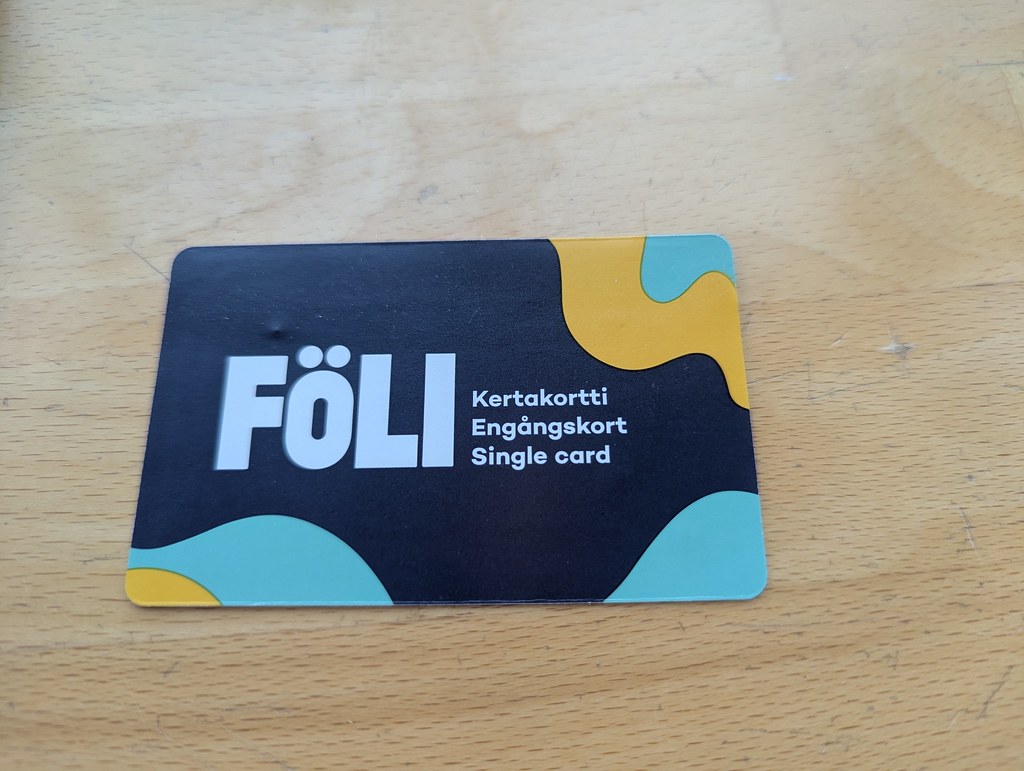
From the railway station, it’s a 15-minute walk into the city centre. Turku is quite walkable, but a day ticket (€8.30) is excellent value if you want to explore further afield, such as Ruissalo Island or the Botanical Garden.
Two-Day Turku Itinerary
Turku Market Hall
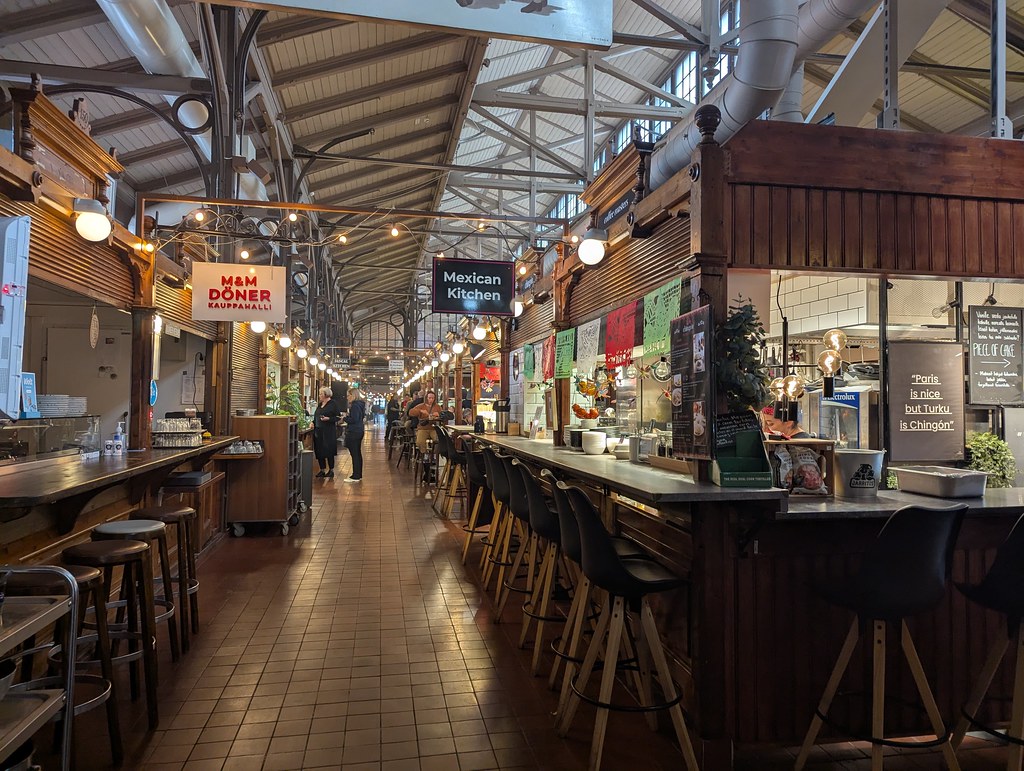
Arriving mid-morning, we dropped our bags at the hotel and headed straight to the historic Turku Market Hall which has served locals since 1896. The long aisles of traditional wooden stalls brimmed with fresh fruit, vegetables, fish, and meat whilst the far side was lined with cosy cafes and small eateries, each with its own character—one even cleverly built inside an old train carriage.
Lunch in the Market Hall
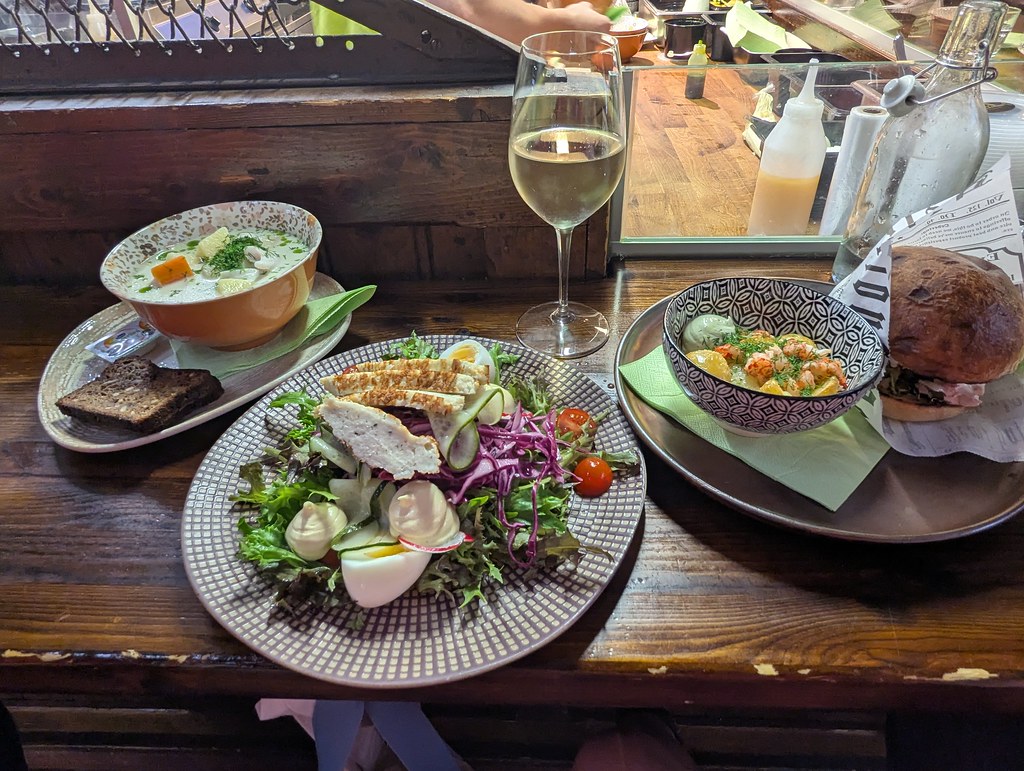
We chose Herkkunuotta Fish Restaurant, a small but lively counter in the middle of the hall. Sitting on stools, we watched the chefs prepare our food: steaming bowls of creamy salmon soup, a juicy crab burger, and a colourful seafood salad. Everything was incredibly fresh, and the flavours were a wonderful introduction to Turku. With a glass of wine in hand, it felt like the perfect start to our stay.
We also sampled slices of dark archipelago bread with our soup, which was earthy and slightly sweet. Other local delicacies we spotted included raisin sausages and the pink sugar-glazed piispanmunkki doughnuts.
Turku Market Square
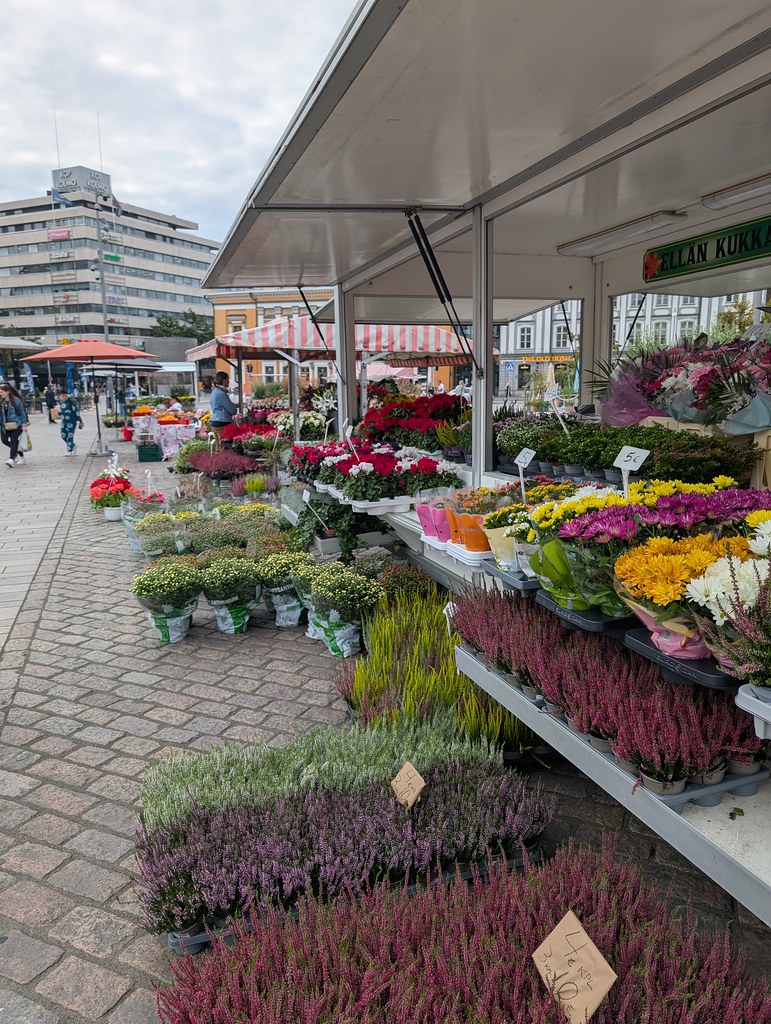
To walk off lunch, we strolled through the outdoor market square. Stalls were overflowing with flowers, herbs, and seasonal produce—berries so ripe they almost glistened in the sun, and cauliflowers bigger than I’ve ever seen. Locals were gathered at open-air cafes with coffee and cinnamon buns which created a friendly, bustling atmosphere.
Turku Cathedral
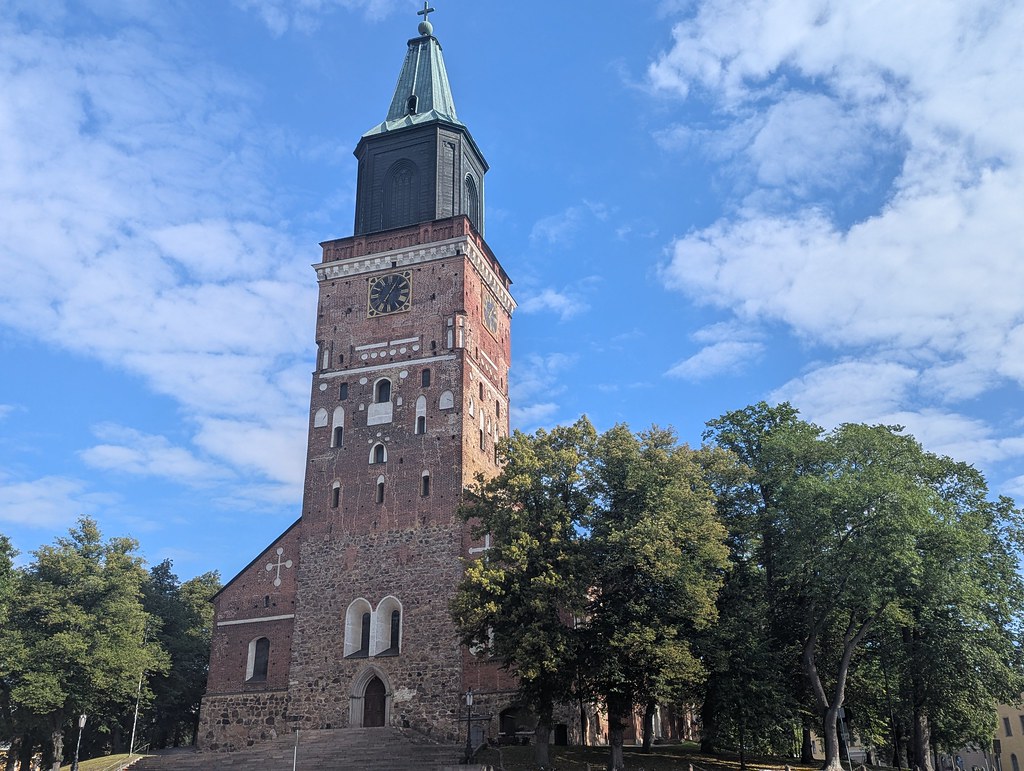
Next came Turku Cathedral, the main Lutheran church and national shrine of Finland. Consecrated in 1300, its red-brick Gothic structure dominated the skyline. Inside, we were struck by the soaring arches, Romantic-style frescos, and intricate stained-glass windows. It felt calm and solemn, yet full of history.
Art and Museums
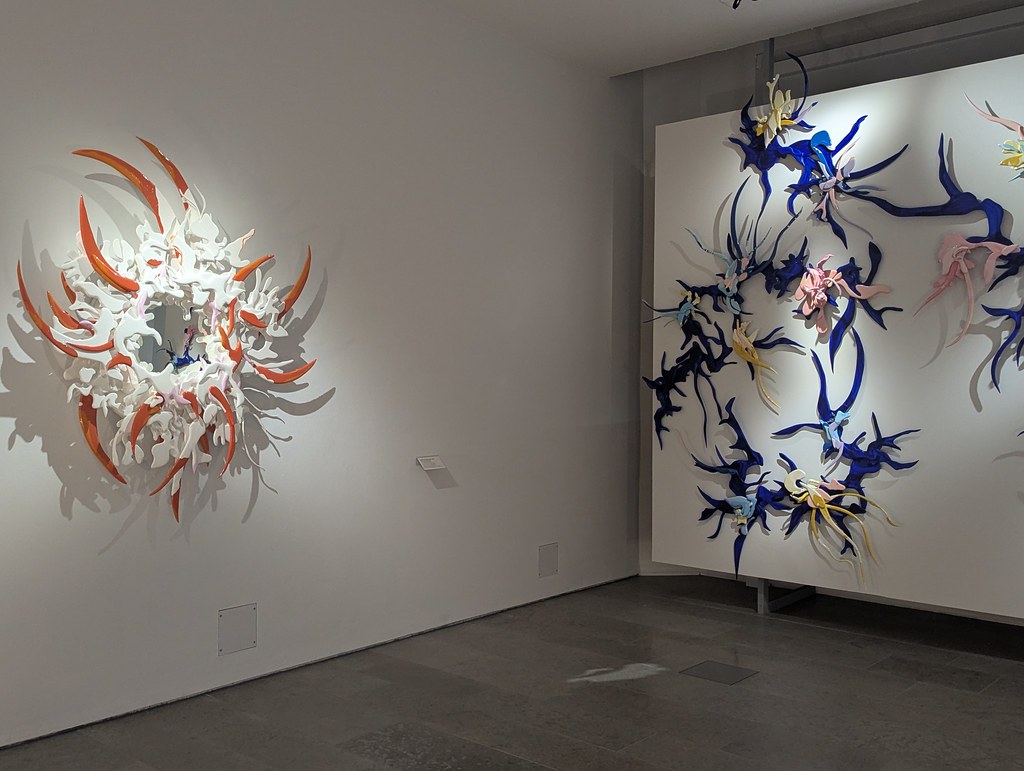
We then visited Art House Turku, set in Rettig’s old tobacco factory. The industrial setting contrasted beautifully with the modern art displayed inside.
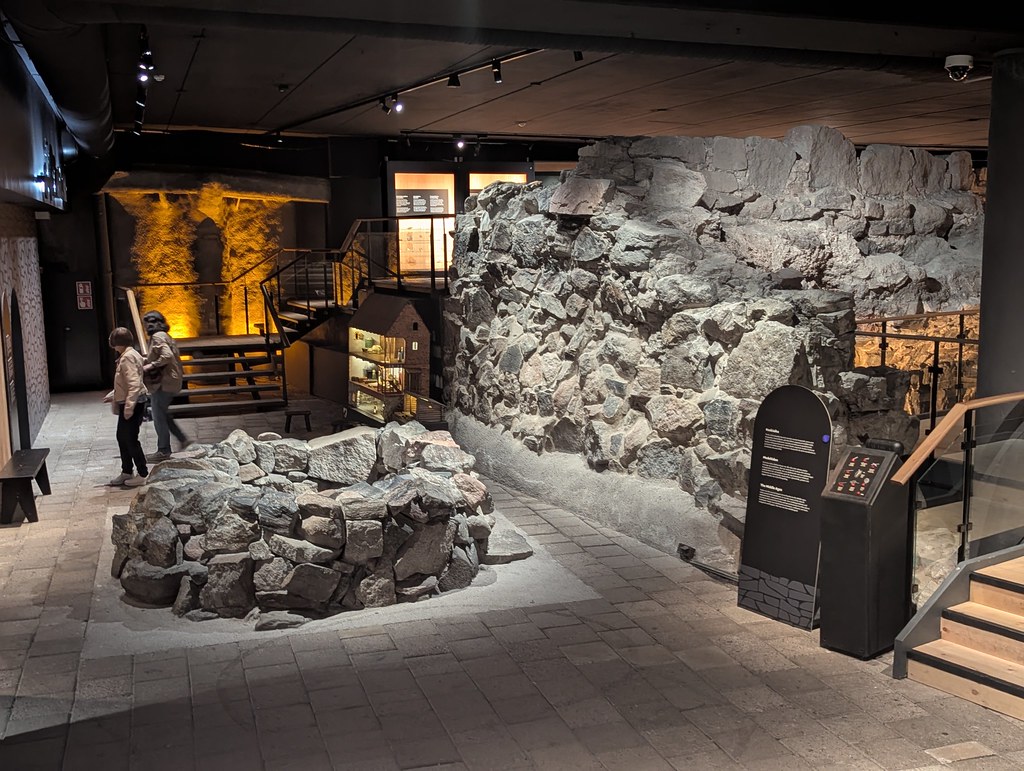
A short walk away, the Turku Museum of Archaeology offered a fascinating mix where we wandered through excavated medieval streets and ruins before heading upstairs to admire striking pieces of contemporary art.
Luostarinmäki Handicrafts Museum
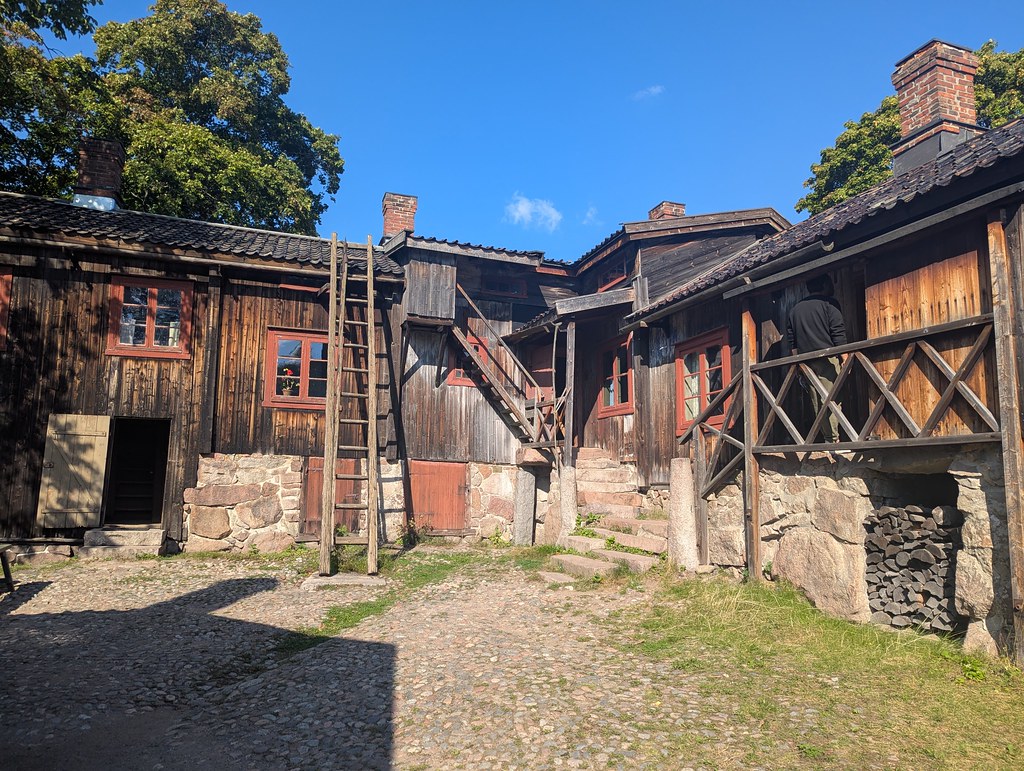
Later, we wandered into Luostarinmäki, the only intact wooden housing district to survive the Great Fire of 1827. Narrow lanes lined with weathered timber houses, now restored as workshops. Inside, we watched demonstrations of bread baking, shoemaking, and printing, glimpses into everyday life two centuries ago. The gardens behind the houses were charming, with herbs and flowers once used by the families who lived there.
Café Qwensel
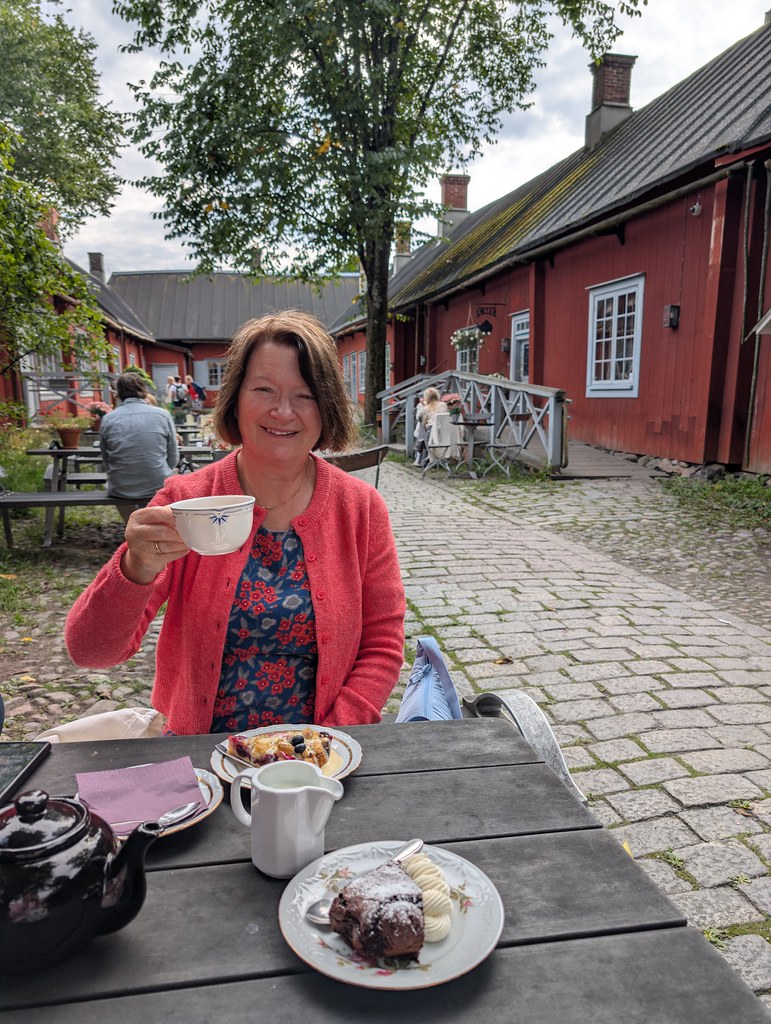
In the afternoon we popped into Café Qwensel, hidden in a cobbled courtyard. It felt like stepping back in time: antique crockery, staff in period dress, and a shaded terrace surrounded by old wooden buildings. My cherry pie with custard was heavenly, and my son’s chocolate cake disappeared quickly.
Riverside Promenade
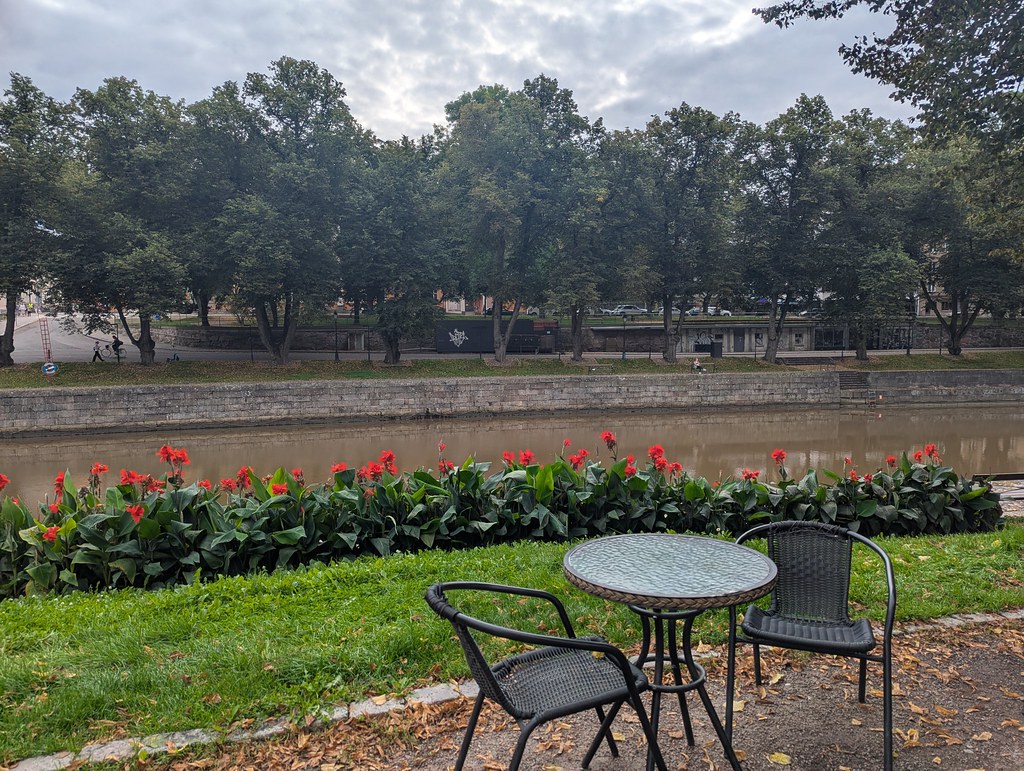
That evening we strolled along the riverside promenade, often called the “living room of Turku.” The Aura River sparkled in the sunlight, lined with boats converted into restaurants and bars. Families, couples, and students all mingled along the water, giving the city a lively yet relaxed vibe.
Kakolanmäki & Brewery
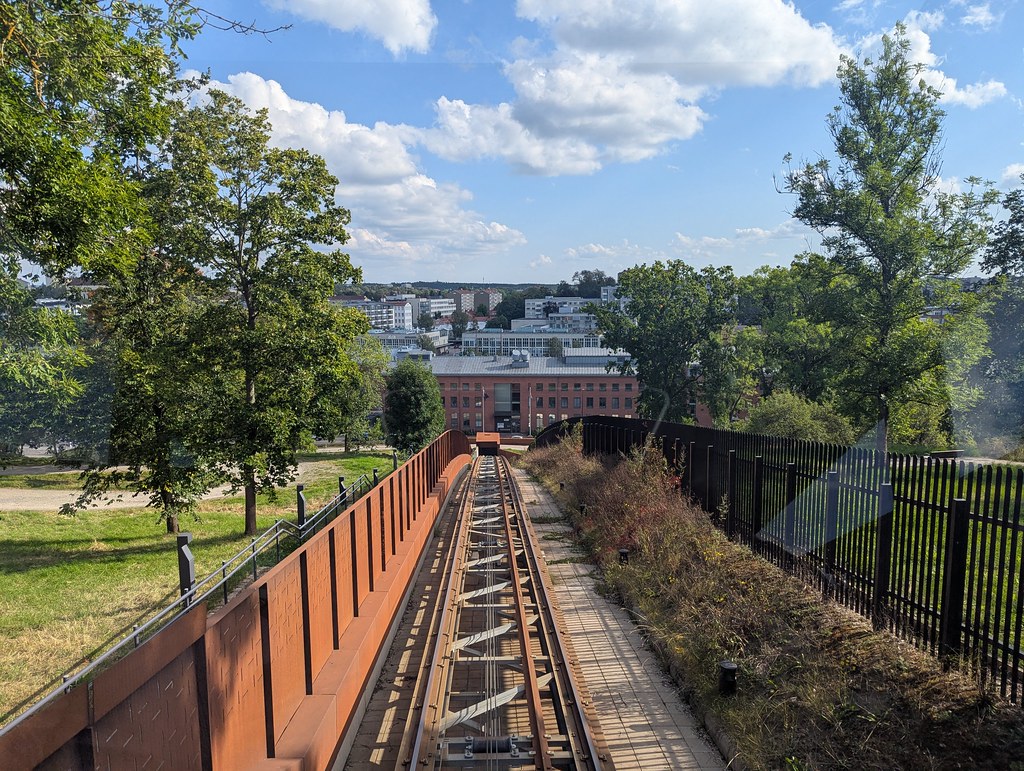
We took Finland’s only funicular railway up Kakolanmäki Hill. Once home to Finland’s most notorious prison, the hilltop now houses a stylish hotel, spa, bakery, and brewery.
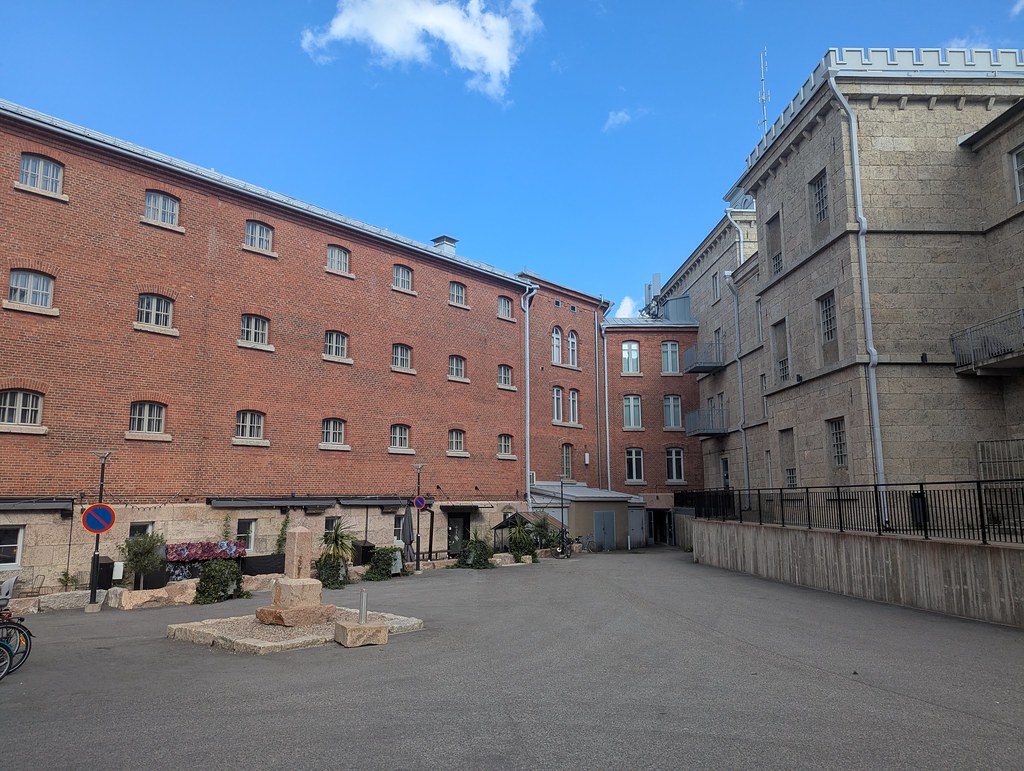
At Kakola Brewery, we sampled craft beers, a refreshing wheat beer for me, a crisp lager for my son. Sitting in the old prison courtyard with a cold drink in hand was a very pleasant experience.
Föri Ferry
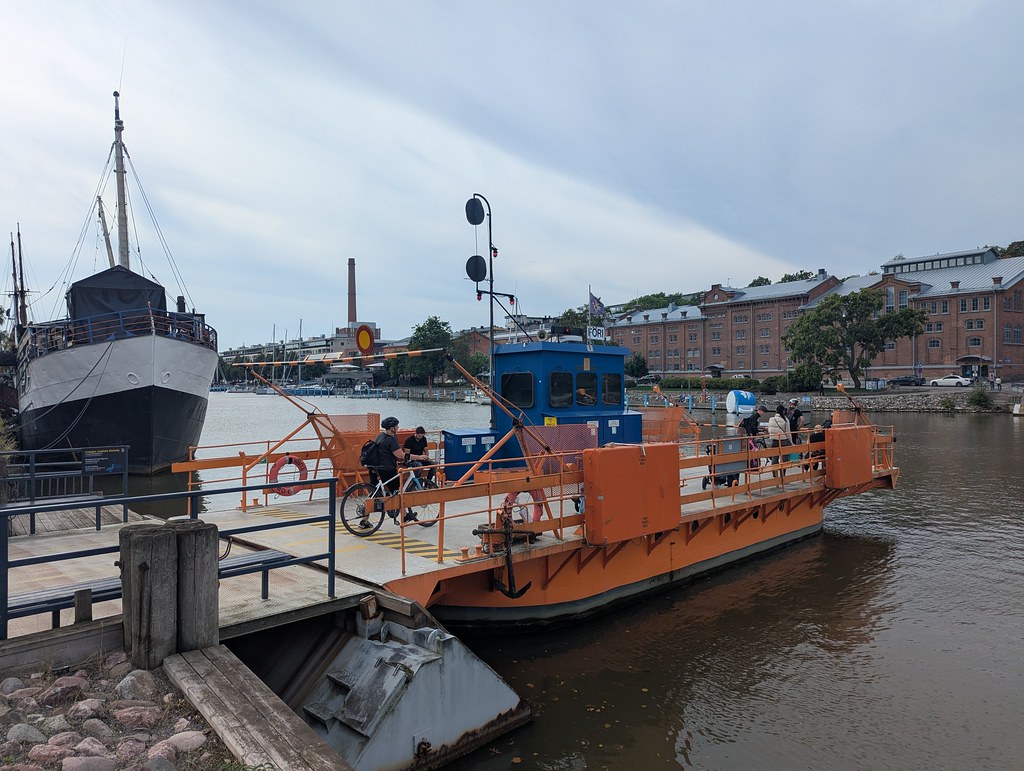
To finish the day, we crossed the river on the iconic orange Föri ferry, which has carried pedestrians and cyclists across the Aura for more than a century. It only takes a few minutes, but it was fun and entirely free.
Day 2
Ruissalo Island
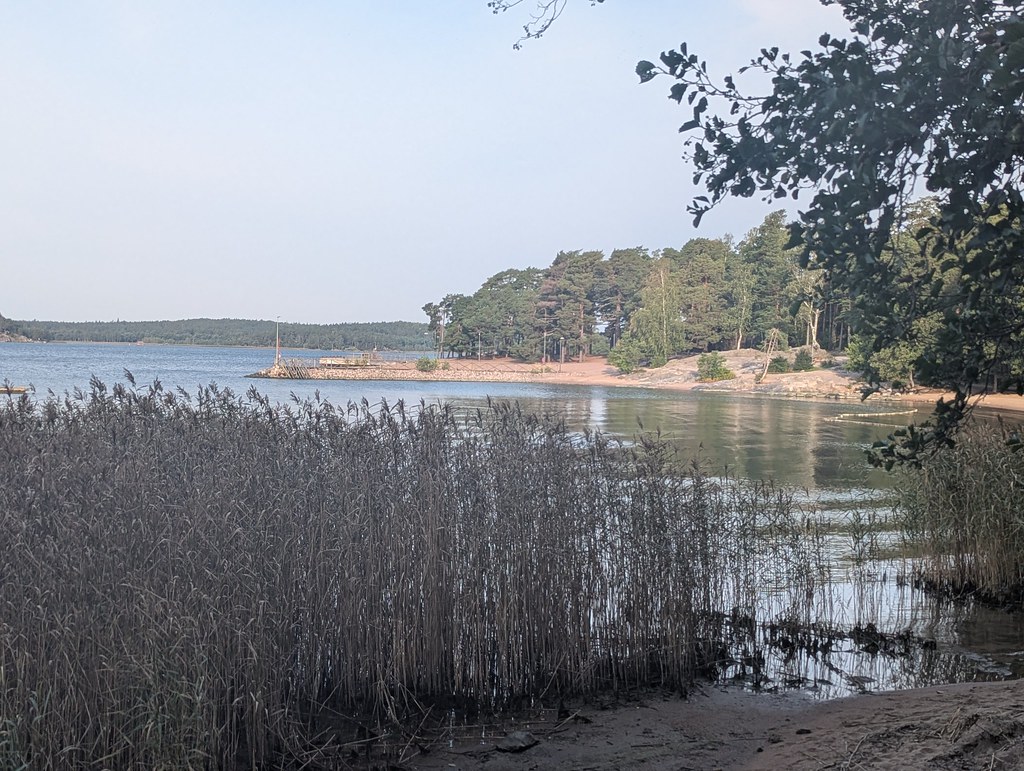
The next morning, we caught Bus 8 to Ruissalo Island, a leafy retreat just 20 minutes from the city. At Saaronniemi, located at the far end of the island, we followed trails through oak forests, wandered around the marina, and enjoyed coffee and cinnamon buns at a small wooden café overlooking the water. The island was peaceful and unspoilt providing us with a perfect contrast to the bustle of the city. The island is also home to Turku’s Botanical Garden, we didn’t have time to visit on this occasion, but you can easily stop off there on the way back as there is a bus stop conveniently outside the entrance gates.
Lunch at Göran
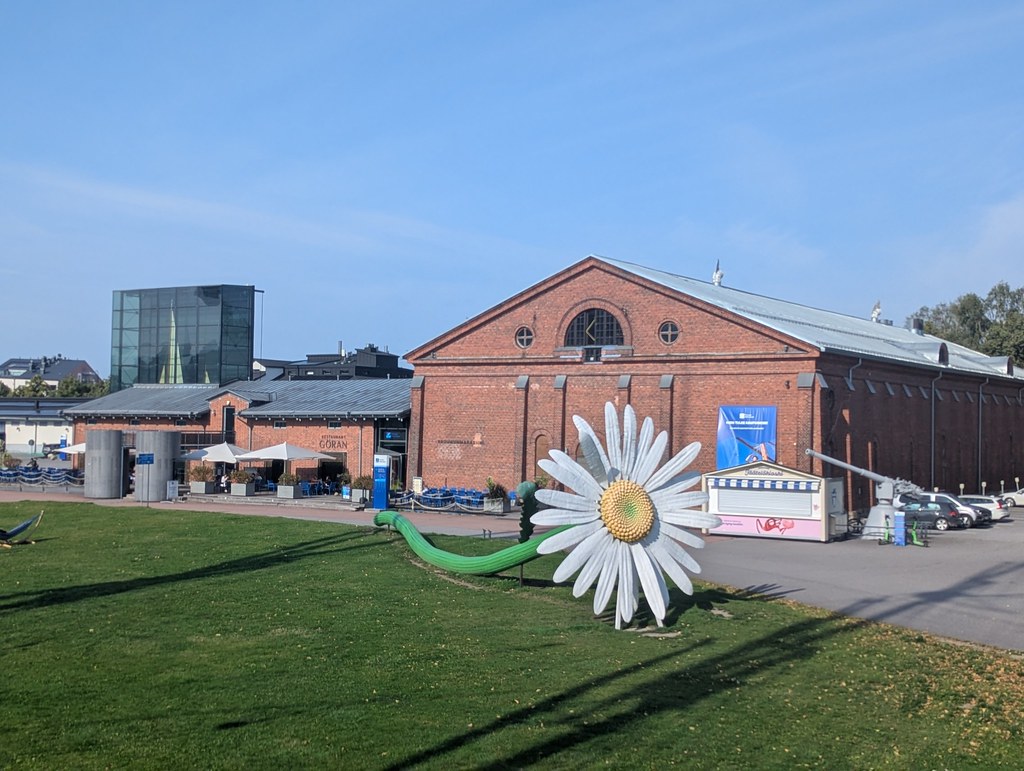
Back in town, we tucked into a delicious buffet lunch at Göran, a restaurant is located next to the Maritime Centre. Its centrepiece was Göran Schildt’s sailing boat Daphne which stands proudly in the middle of the dining room.
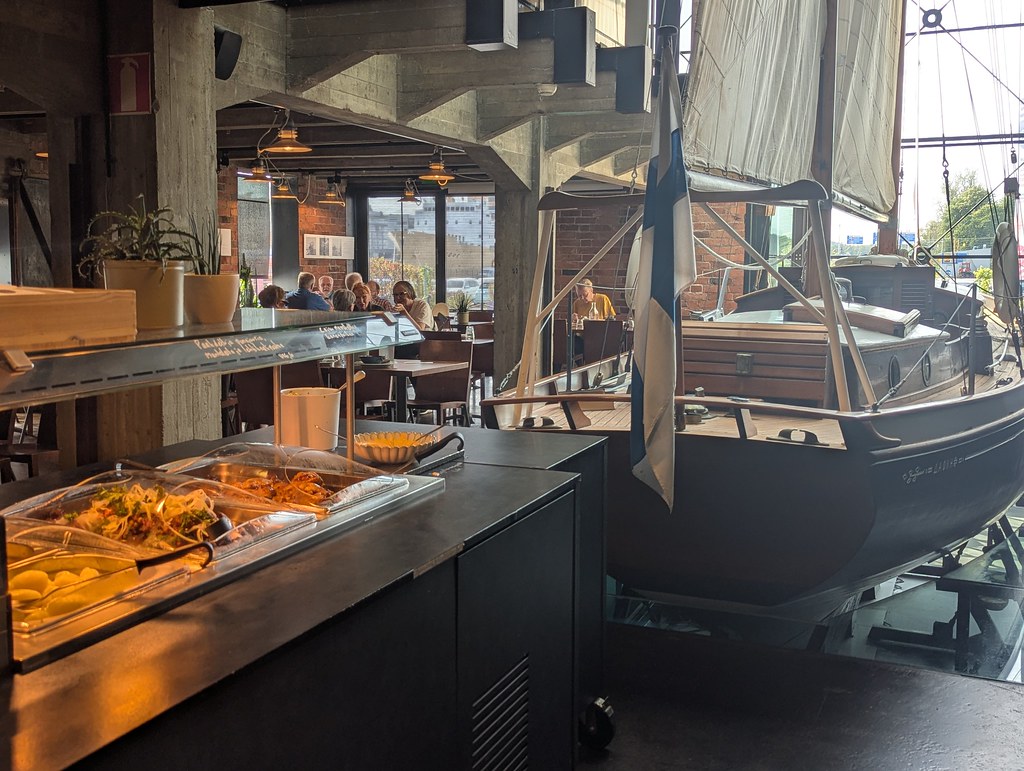
The buffet offered hearty Finnish fare: soup, fish, meat, salads, and dessert. It was excellent value and kept us going for the afternoon.
Forum Marinum Maritime Centre
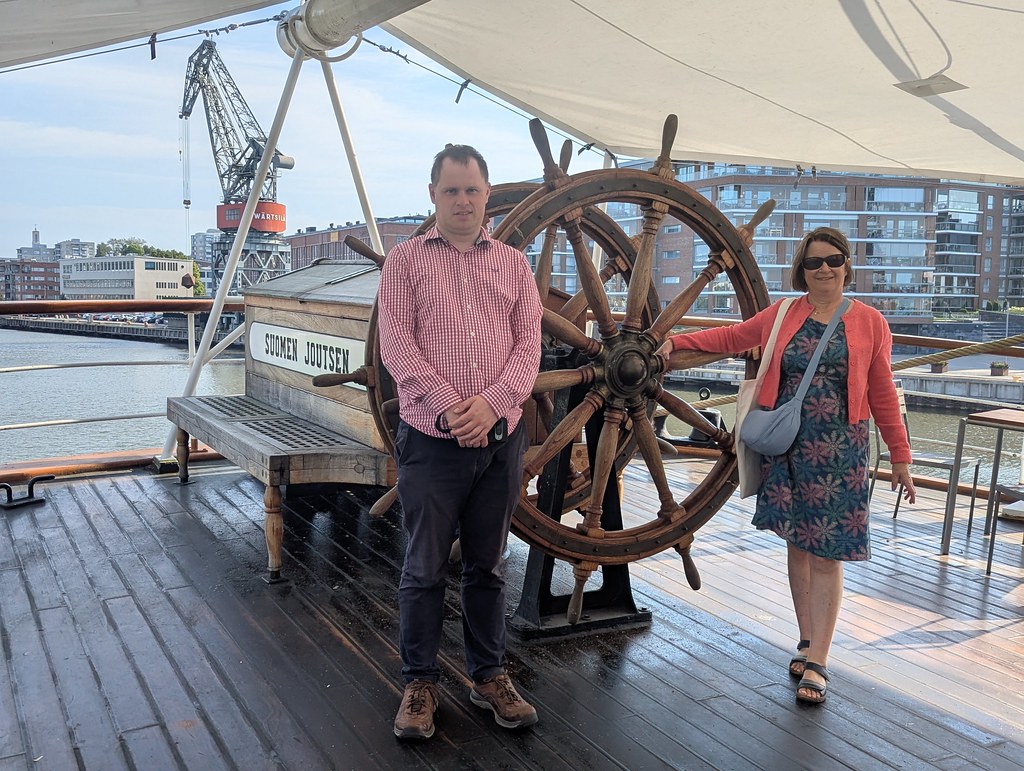
Afterwards, we explored Forum Marinum, Finland’s national maritime museum. Inside, we learned about the country’s naval history and the importance of seafaring. Outside, the real thrill was boarding historic vessels: the majestic three-masted frigate Suomen Joutsen and the gunboat Karjala.
Turku Castle
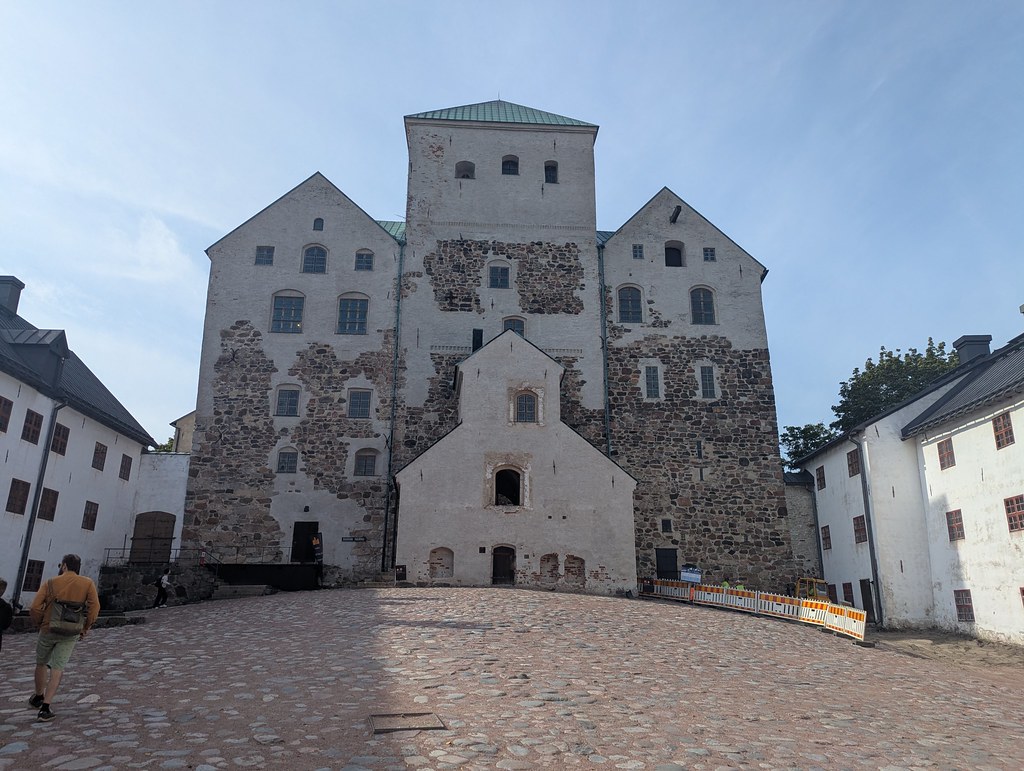
Just a short walk away stood Turku Castle which has guarded the Aura River since the late 13th century. Inside, the museum displayed artefacts from the Middle Ages through to modern times. We explored the grand banquet halls, narrow staircases, and fortified towers taking us on an unforgettable step back into history.
Turku Library
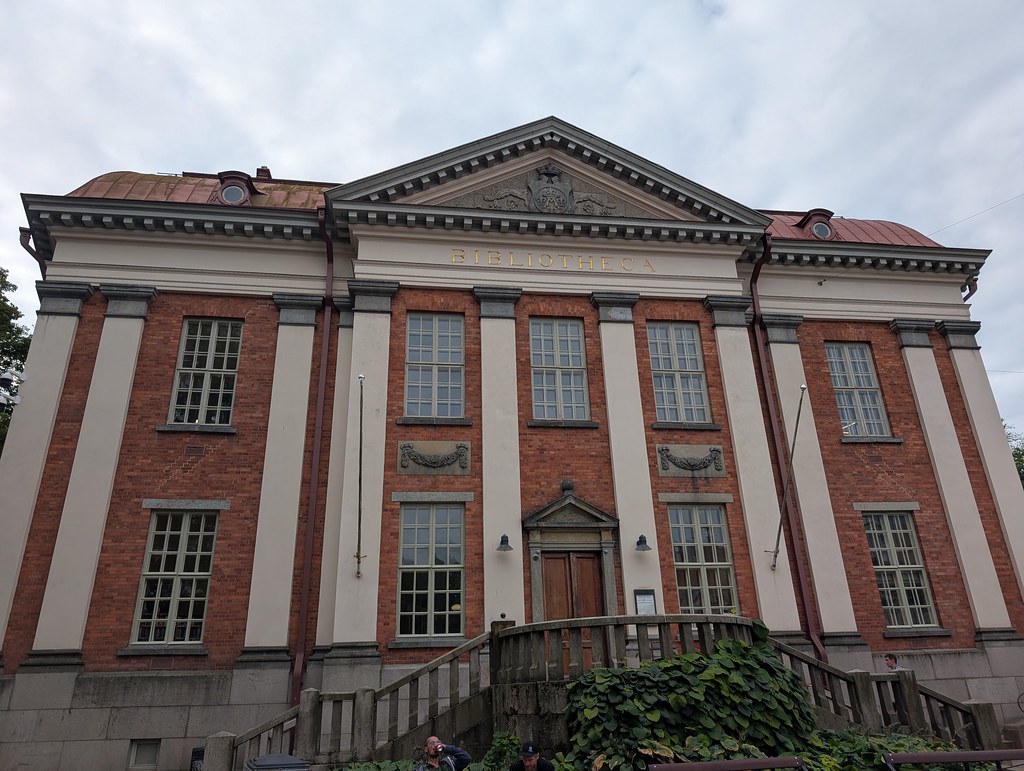
Returning to the city centre, we called into Turku Library. The 1903 Renaissance-style building connected beautifully to its 2007 glass-and-steel extension. The corridor between them was light-filled and modern, yet seamlessly linked old and new.
With some time left, we browsed independent shops and galleries before catching the evening train back to Helsinki.
Stay
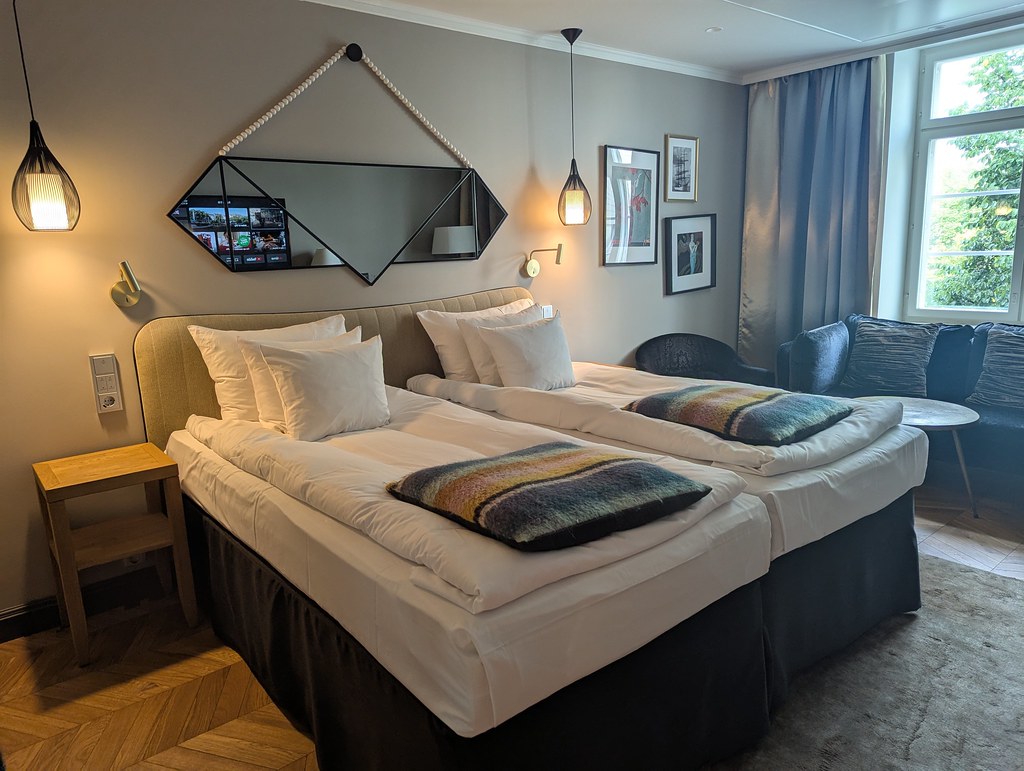
We stayed at Sokos Hotel Seurahuone, recently voted Finland’s best boutique hotel. Its location was perfect—just a 12-minute walk from the station and close to the river. The room was stylish and comfortable, breakfast was a generous spread of Finnish favourites, and the staff were warm and welcoming.
Final Thoughts
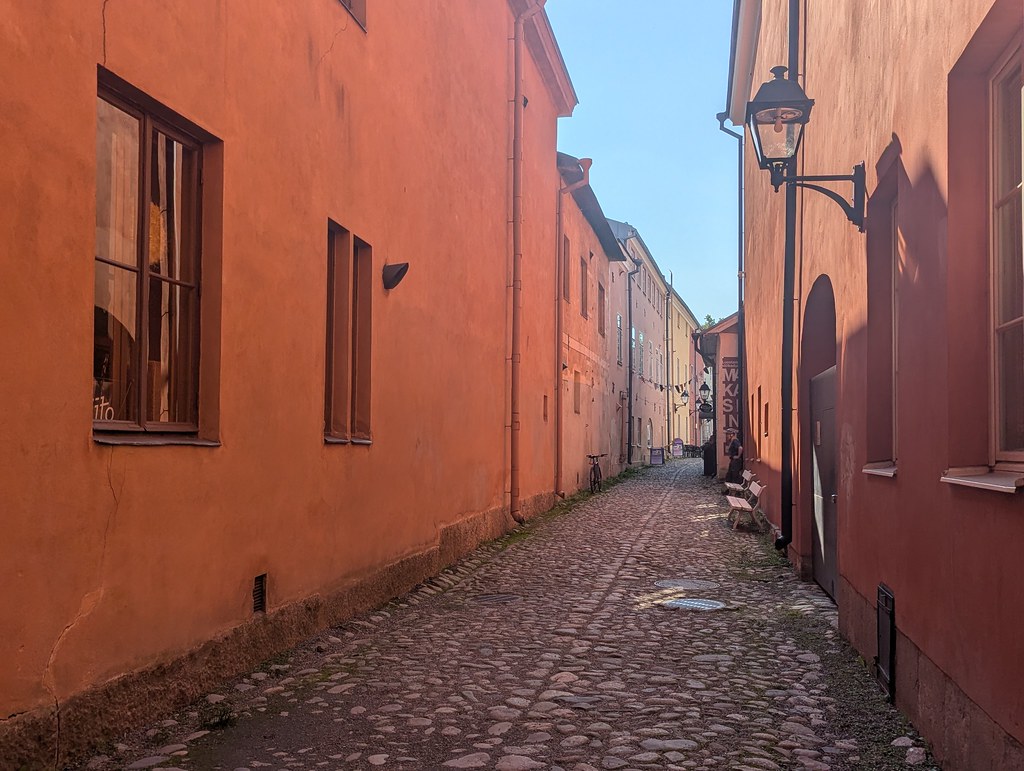
There’s a saying: “Why visit Paris when you have Turku?” and after our visit, I understood why. Finland’s oldest city combined history, culture, and food in the most charming way. From its medieval cathedral and castle to bustling market halls, riverside cafes, and nearby island escapes, Turku truly lived up to its reputation as the “Paris of Finland”.
After reading this, why not plan a visit to the former capital of Finland and see for yourselves why it’s often referred to as ‘the Paris of Finland’. I’m certain you won’t be disappointed!

